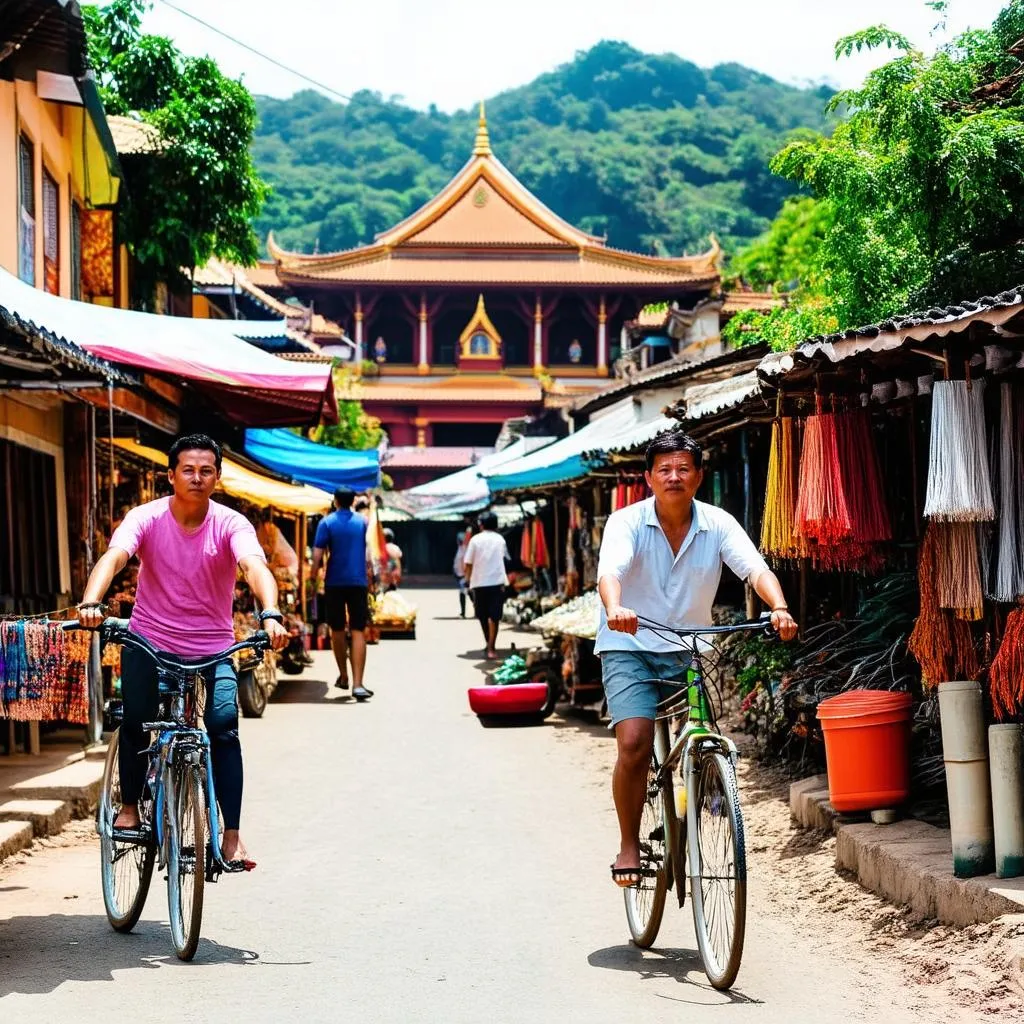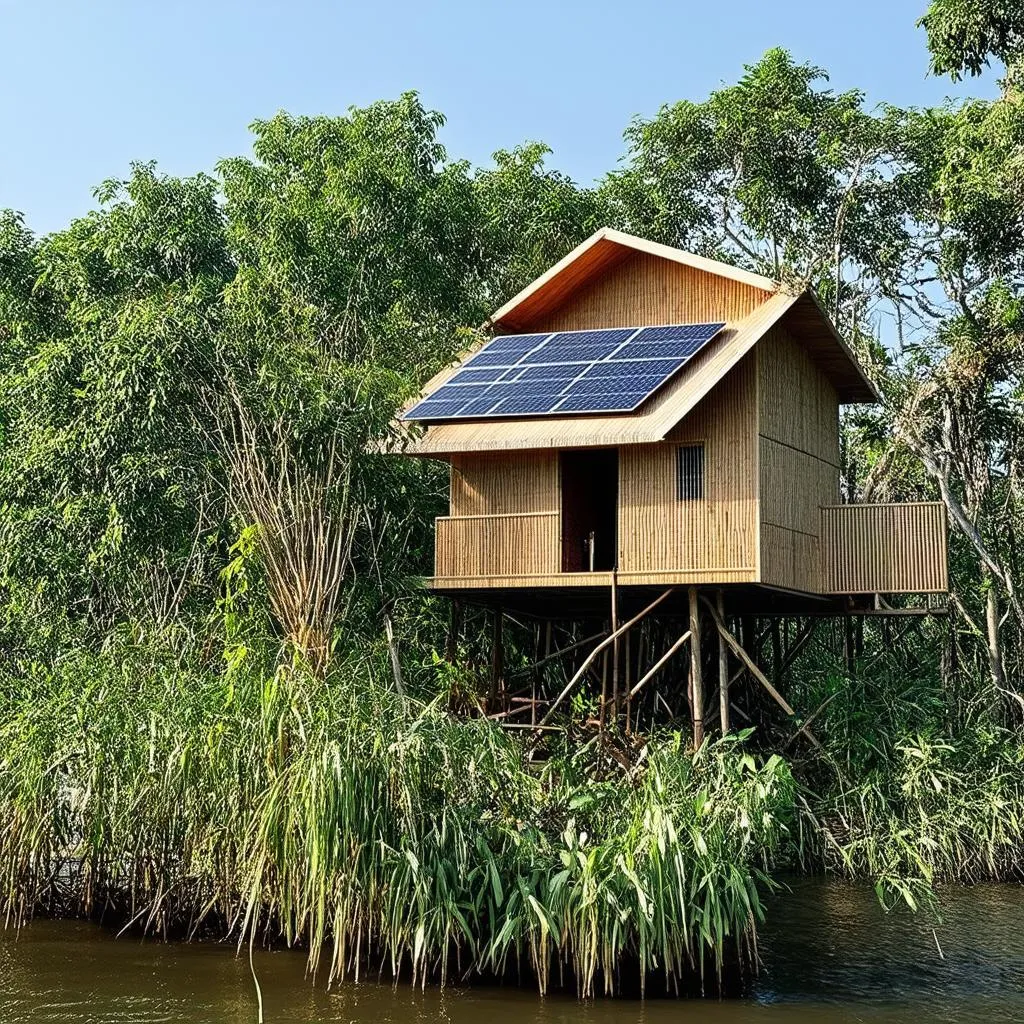“Journey not to reach a destination, but to awaken the spirit within every mile.” – This ancient proverb rings especially true when we think about the magic of travel. But what makes some destinations stand out more than others? What entices travelers from around the globe to experience a particular place? The answer, my friends, lies in the power of tourism destination management.
Have you ever wandered through the bustling streets of Hoi An, Vietnam, mesmerized by the vibrant lanterns and ancient architecture, or felt the spiritual aura of Angkor Wat in Cambodia? These destinations, along with countless others, thrive not by accident, but through careful and strategic management.
Understanding Tourism Destination Management: More Than Just Pretty Pictures
Tourism destination management is the art and science of developing, promoting, and ultimately, managing all aspects of a tourism destination. It’s about crafting experiences that resonate with travelers, fostering sustainable practices that protect the environment and cultural heritage, and creating a thriving economic ecosystem.
Think of it as conducting an orchestra – each instrument, from accommodation and attractions to transportation and marketing, needs to be in harmony to create a symphony of unforgettable experiences.
The Key Players in the Orchestra of Tourism
1. National Tourism Organizations (NTOs):
These are the conductors, setting the overall strategy and vision for tourism development. They’re like the Vietnam National Administration of Tourism (VNAT) promoting the wonders of Ha Long Bay or the Angkor Enterprise safeguarding the historical treasure of Angkor Wat.
2. Destination Management Organizations (DMOs):
These are the section leaders, focusing on specific regions or cities. Imagine the Da Nang Tourism Promotion Center highlighting the Golden Bridge or the Siem Reap Tourism Department showcasing the cultural dances of Cambodia.
3. Tourism Businesses:
These are the musicians, the hotels, restaurants, tour operators, and transportation providers who bring the experience to life.
4. Local Communities:
They are the heart and soul of the music, their culture, traditions, and hospitality adding authenticity and meaning to the destination.
Crafting Irresistible Destination Experiences:
1. Understanding the Audience:
Just like a good story needs to resonate with its audience, tourism destinations need to understand their target market. Are they adventurous backpackers seeking thrills in the mountains of Sapa, Vietnam or luxury travelers yearning for tranquility on the beaches of Phu Quoc?
2. Developing Unique Selling Propositions (USPs):
What makes your destination stand out? Is it the breathtaking landscapes of Phong Nha-Ke Bang National Park in Vietnam, the ancient temples of Angkor in Cambodia, or a vibrant culinary scene like the one found in Hoi An?
3. Building a Strong Brand Identity:
Just like travelcar.edu.vn provides valuable travel information, a destination needs a strong brand that communicates its essence.
4. Embracing Digital Marketing:
In today’s digital age, online presence is crucial. Websites, social media platforms, and online travel agents (OTAs) are the new travel brochures.
5. Fostering Sustainable Tourism Practices:
Protecting the environment and cultural heritage ensures the longevity and authenticity of the destination.
 Sustainable tourism in Luang Prabang
Sustainable tourism in Luang Prabang
Navigating the Challenges in Tourism Destination Management:
1. Balancing Economic Growth with Environmental Protection:
Rapid tourism development can strain resources and impact the environment.
2. Managing Overtourism:
Excessive tourist numbers can negatively impact the local community and the quality of the experience.
3. Adapting to Changing Traveler Preferences:
Millennials and Gen Z travelers often seek authentic and experiential travel, requiring destinations to constantly innovate.
The Future of Tourism Destination Management: Embracing Technology and Sustainability
1. Smart Tourism Destinations:
Technology can enhance the visitor experience and improve destination management. Imagine using an app to navigate the ancient ruins of My Son Sanctuary in Vietnam or to book a boat tour through the Mekong Delta.
2. Experiential Travel:
Tourists crave authentic experiences, from cooking classes in Hoi An, Vietnam, to learning traditional Khmer dances in Siem Reap, Cambodia.
3. Sustainable Tourism:
Protecting the environment and cultural heritage is no longer optional; it’s essential. Imagine eco-lodges nestled in the Vietnamese countryside or community-based tourism initiatives in the Cambodian villages.
 Eco-lodge in Mekong Delta
Eco-lodge in Mekong Delta
FAQs about Tourism Destination Management:
1. What is the role of local communities in tourism destination management?
Local communities are the heart and soul of any destination. Their involvement ensures that tourism benefits the local economy, preserves cultural heritage, and creates a more authentic experience for visitors.
2. How can I contribute to sustainable tourism practices while traveling?
Choose eco-friendly accommodations, respect local customs and traditions, minimize your waste, and support local businesses. Remember, every small action can make a big difference.
3. What are some examples of successful tourism destination management strategies?
Look no further than the bustling streets of Bangkok, the serene temples of Kyoto, or the sun-kissed beaches of Bali. These destinations have successfully blended cultural preservation with economic growth, attracting millions of visitors each year.
Conclusion: Embark on a Journey of Discovery
Tourism destination management is a complex and dynamic field, constantly evolving to meet the needs of travelers and the demands of a changing world. By embracing sustainability, technology, and community engagement, we can create destinations that inspire, rejuvenate, and leave a positive impact on the world.
Ready to delve deeper into the world of travel and explore the hidden gems of Southeast Asia? Visit travelcar.edu.vn for more insights and inspiration.